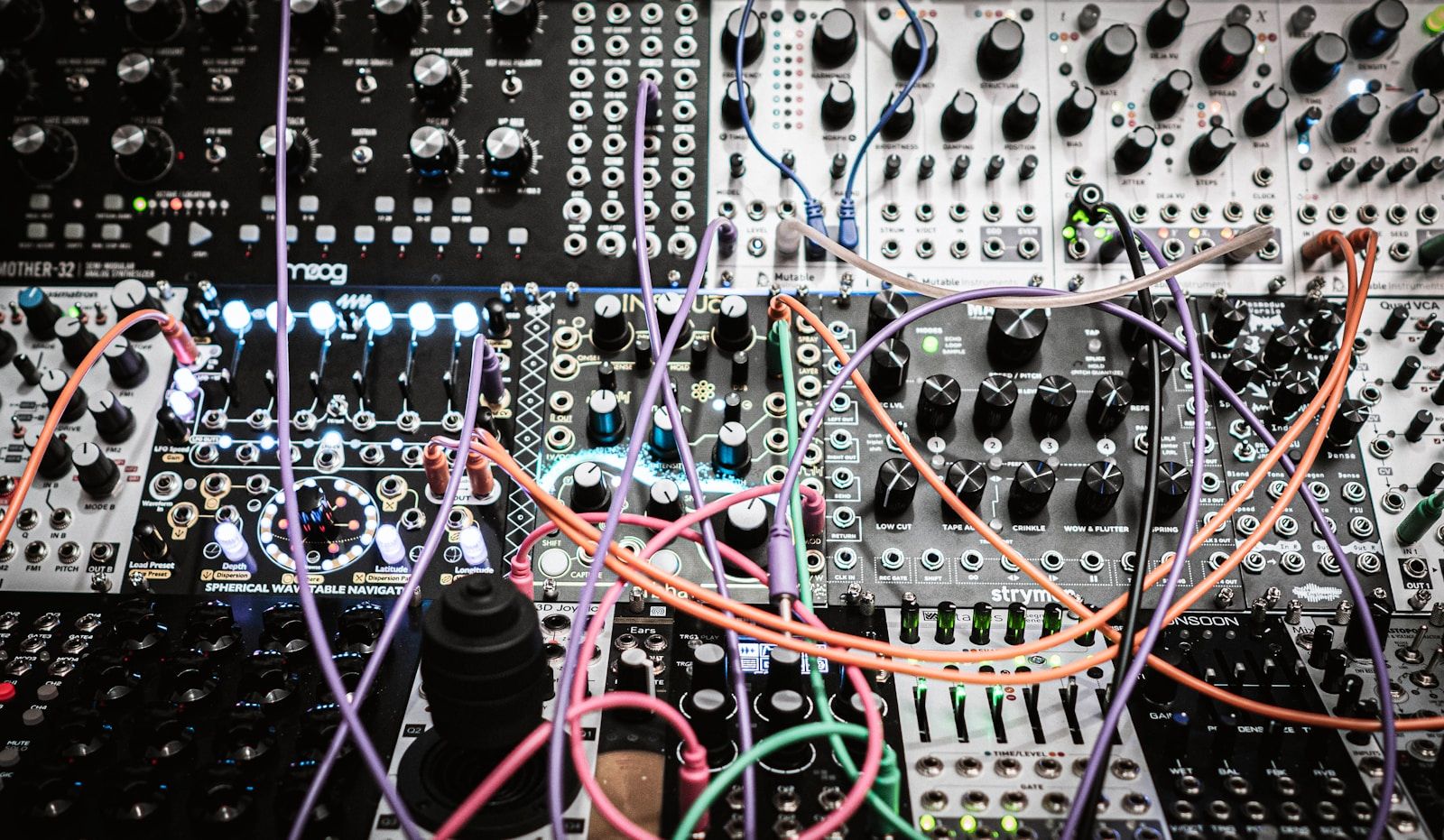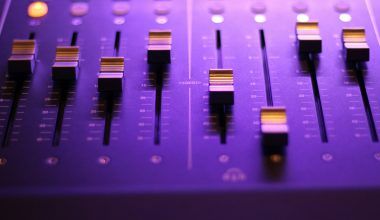If you’re an artist, sharing your song on all digital stores is the best way to reach your audience and get paid for your hard work. The days of solely relying on CDs or physical sales are long gone. Today, digital platforms have made it easier than ever to distribute music and earn royalties. By uploading your music to platforms like Spotify, Apple Music, and Amazon Music, you can tap into global audiences who are ready to listen and support your work.
But why is it so important to do this across all stores? Simply put, the more platforms your music is available on, the higher the chances of reaching different listener bases. Some people prefer Spotify, while others are loyal to platforms like Deezer or Tidal. Making your song accessible everywhere ensures you don’t miss out on potential fans—or revenue.
Understanding How Digital Stores Work
Before diving into the process, it’s crucial to understand how digital music stores operate. Platforms like Spotify and Apple Music function on a streaming model, where listeners pay subscriptions or listen to ads, generating revenue. You, as an artist, get a portion of that revenue based on how many times your song is streamed.
Similarly, stores like Amazon Music and iTunes allow users to purchase songs directly. When your song is purchased, you receive a percentage of the sales price. This might seem like a complex system, but once you understand the basics, you’ll realize it’s an effective way to earn from your music.
1. Choose a Digital Distributor
The first step in sharing your song is selecting a reliable digital distributor. Distributors act as the middleman between you and digital stores. They help upload your song to platforms like Spotify, Amazon Music, and more. Popular options include:
- Deliver My Tune
- DistroKid
- CD Baby
- Amuse
Each of these platforms offers unique features. For instance, DistroKid charges a yearly fee for unlimited uploads, while CD Baby takes a one-time fee per release.
2. Prepare Your Song for Distribution
Before uploading your song, ensure it’s ready for digital distribution. Here’s what you need to do:
- High-Quality Audio: Use professional-grade recordings in WAV or FLAC formats. These formats ensure the best sound quality for your listeners.
- Metadata: This includes your song title, artist name, genre, and release date. Make sure the details are accurate.
- Artwork: Create eye-catching album art. This is the first thing potential listeners see, so invest time in making it appealing.
- Lyrics: Many platforms now allow artists to upload lyrics. Adding this can make your song more engaging.
3. Select All Platforms
When using a distributor, make sure to opt for the “all platforms” option. This ensures your song is available on every major digital store. Don’t limit yourself to just a few platforms; reaching a wider audience is key to increasing your revenue.
4. Set the Right Release Date
Timing is everything in the music industry. Plan your release strategically to maximize impact. Many artists choose Fridays since it’s the global release day for new music. Setting a pre-release date can also help build anticipation among your fans.
5. Promote Your Release
Uploading your song is just the beginning. To ensure people find and listen to it, you’ll need to actively promote it. Here are some ideas:
- Social Media Campaigns: Share teasers, behind-the-scenes clips, and countdowns leading up to your release.
- Email Newsletters: Inform your subscribers about your new release with direct links to the platforms.
- Collaborate with Influencers: Partner with influencers who can share your music with their audience.
Earning Money from Your Song
Now that your song is live, the next step is understanding how to get paid. Here’s what you should know:
Streaming Royalties
Streaming platforms pay royalties based on the number of streams your song receives. For example, Spotify pays between $0.003 and $0.005 per stream. While this might seem small, the numbers add up as your audience grows.
Mechanical Royalties
When your song is downloaded or streamed, you’re entitled to mechanical royalties. These are collected by organizations like the Mechanical Licensing Collective (MLC).
Performance Royalties
If your song is played on the radio, in a café, or during a live event, you earn performance royalties. To collect these, you’ll need to register with a Performing Rights Organization (PRO) like ASCAP or BMI.
Tips to Maximize Your Reach
- Create a Lyric Video: Many fans love to sing along, and lyric videos are a great way to engage them.
- Leverage Playlists: Getting your song featured on popular playlists can boost your streams significantly.
- Engage with Fans: Use social media to connect with your audience. Reply to comments, host live sessions, and ask for feedback.
Common Mistakes to Avoid
- Skipping Metadata: Missing or incorrect metadata can lead to delays or misattributions.
- Ignoring Smaller Platforms: While Spotify and Apple Music are important, don’t overlook platforms like Deezer, Pandora, and Tidal.
- Neglecting Promotion: Even the best songs can go unnoticed without proper marketing.
Conclusion
Sharing your song on all digital stores is not just a smart move; it’s an essential step to get paid for your music. With the right preparation, a reliable distributor, and consistent promotion, you can reach listeners worldwide and grow your career. Remember, every platform offers a new opportunity to connect with fans and earn revenue.
Start today by choosing a distributor, preparing your song, and promoting it effectively. Don’t let your music stay hidden—share it on all digital stores to get paid and let the world hear your talent.
For further reading, explore these related articles:
- How to Monetize your single on Spotify without a label
- Monetize Your Single on Spotify with No Upfront Fees
- Monetize Your Single on Spotify Quickly
For additional resources on music marketing and distribution, visit DMT RECORDS PRIVATE LIMITED.






